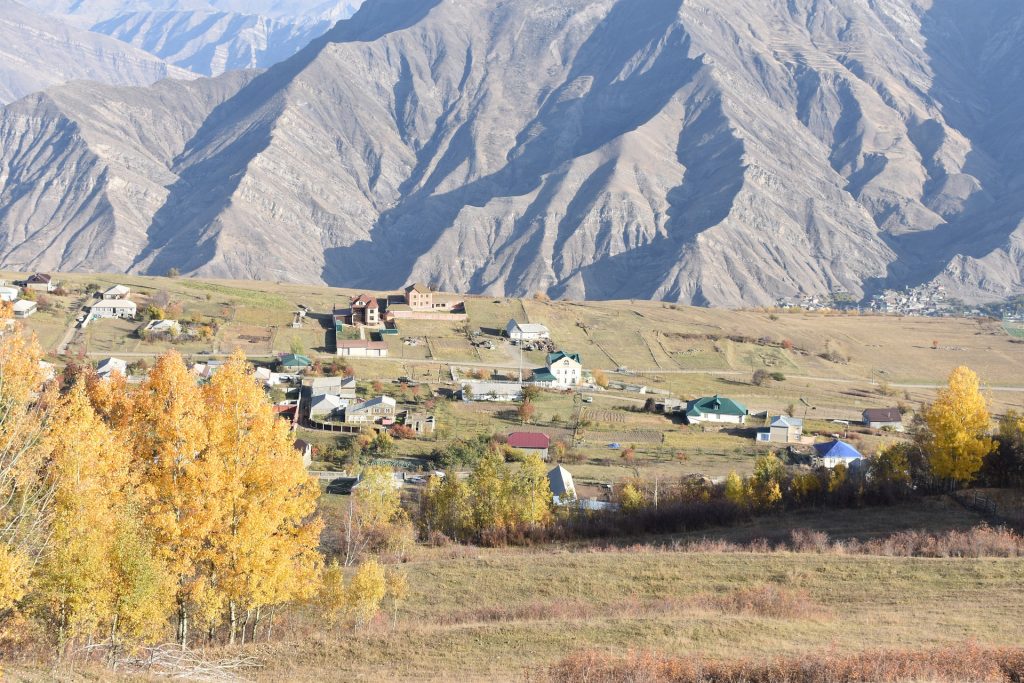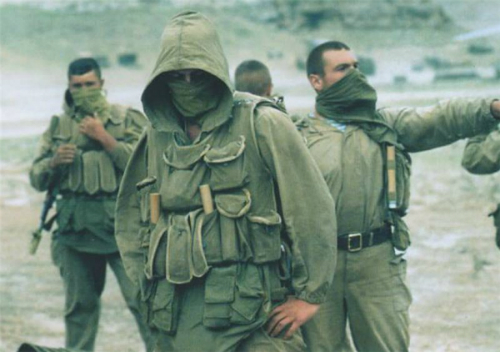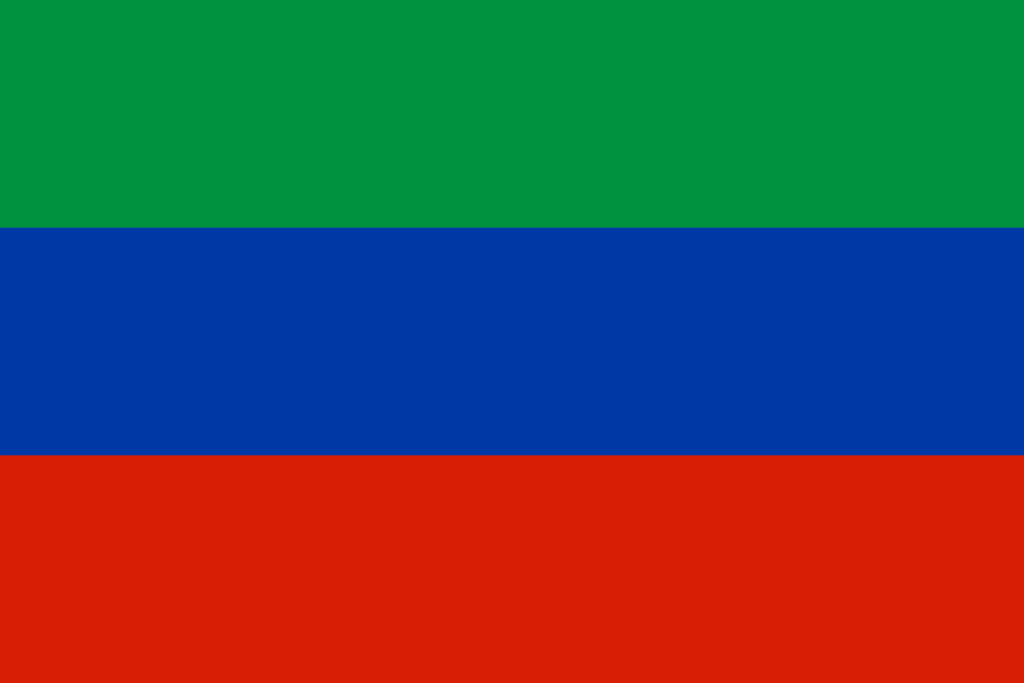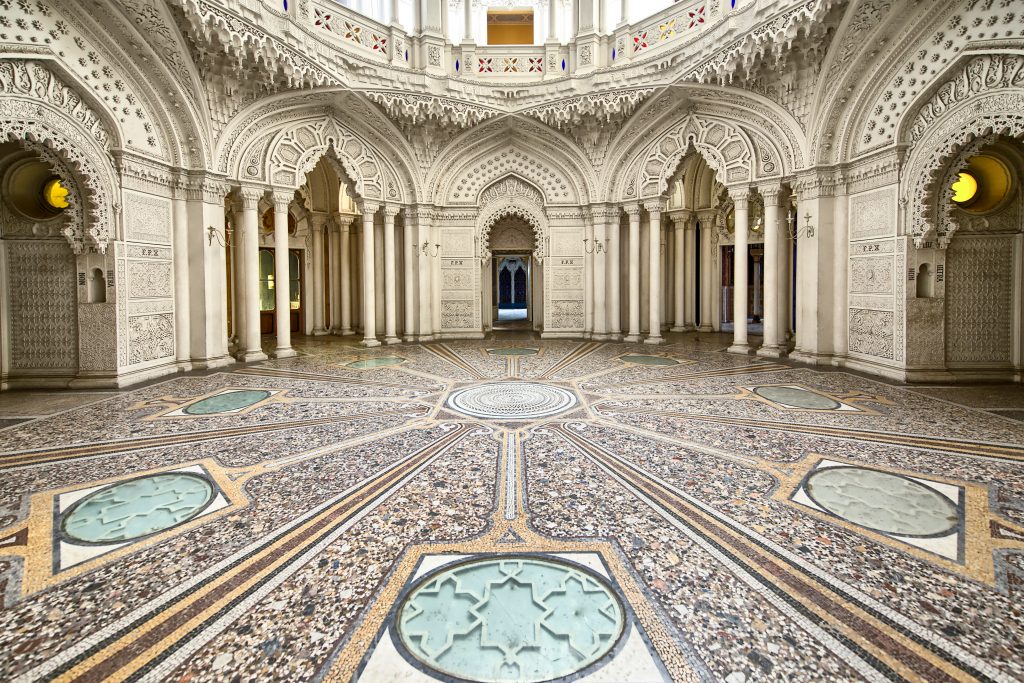Plagued by a violent Islamist insurgency for almost two decades, Dagestan earned the unsavoury title of ‘’Russia’s most dangerous Republic’’. These days, it’s a lot more stable and many people visit each year to experience the ancient tribal culture, mighty Caucasus mountains, and incredible Derbent Fortress on the shores of the Caspian Sea.
YPT has been running tours to the fascinating Republic of Dagestan for the past few years. We often get asked many questions about our tours to Dagestan. So in this article, we’re going to give you an introduction to Dagestan in the form of five things you need to know about this Republic. From the Dagestan people and culture to what there is to see!
5. Is it a Country?
No. Although it has many aspects of a separate country, Dagestan is in fact one of the many Republics that make up the Russian Federation. Like neighboring Chechnya, Dagestan has its own president and parliament. All of whom, answer to Moscow.

The Republic of Dagestan is situated in Russia’s North Caucasus on the Caspian Sea. Hanging on the southernmost tip of Russia, the republic shares land borders with Azerbaijan and Georgia to its south and southwest; and borders the Russian republics of Chechnya and Kalmykia to its west and north, while having a border with Stavropol Krai to its northwest.
The Republic of Dagestan has a capital city in the form of the rather difficult to pronounce Makhachkala. The other major cities of the Republic are Kizlyar, Izberbash, Kaspiysk, Buynaksk, and one of the oldest cities in Russia: Derbent!
4. What Was The Dagestan Massacre?
Unfortunately, the Republic has been plagued by violence for the past two decades. The origins of this were due to a spillover of the Chechen Wars in neighboring Chechnya. In the initial outbreak of the conflict in the Republic, the country saw one of the darkest incidents connected to it: the Dagestan Massacre.

In August 1999, an Islamist group from Chechnya, led by the infamous Shamil Basayev and Ibn Al-Khattab, launched a military invasion of the republic, with the aim of creating an “independent Islamic State of Dagestan”. The invaders were not supported by the local Dagestan population and were driven back by the Russian military. In response, Russian forces subsequently reinvaded Chechnya later that year.
However, in the Islamist group’s initial advances, they overran a Russian military checkpoint in the village of Tukhchar. Six Russian servicemen, one as young as 19, were captured by the group. They were then being brutally beheaded by the Islamist militants. The incident went down in infamy as the Dagestan Massacre.
3. The Dagestan Flag
The flag of the Republic of Dagestan was adopted after the transformation of the Dagestan ASSR into the Republic of Dagestan within the Russian Federation. The flag was formally adopted on 26 February 1994.

The design of their flag features a horizontal tricolor of green (representing Islam), blue ( representing the Caspian Sea), and red ( representing courage and fidelity). In 2003 the proportion of the flag was changed from the original 1:2 to 2:3, and the middle stripe from light blue to blue.
2. The Dagestani Religion
The bulk of the population here are Sunni Muslims, of the Shafii rites, that has been in place for centuries. On the Caspian coast, particularly in and around the port city of Derbent, the population (primarily made up of Azerbaijanis) is Shia. There is also a Salafi population, which is often a target of official repression.
Since the dissolution of the Soviet Union, there has been an Islamic revival in the region, and by 1996 the Republic had 1,670 registered mosques, 9 Islamic universities, 25 madrassas, 670 maktab, and it’s estimated that “nearly one in five Dagestanis was involved in Islamic education”, while of the 20 000 or so Russian pilgrims for Hajj more than half were from Dagestan.

However, not all of the Republic is Islamic. It also has a small Jewish population in the form of the ”mountain Jews”. These were an extension of a much larger Azerbaijani Jewish community across the border in the Azerbaijani districts of Quba and Shamakhi. However, the bulk of these native Tati-speaking Jews have migrated to Israel and the United States since the collapse of the Soviet Union.
There is also a small number of Christians living in this North Caucasus Republic. Most of these are Pentecostal Christians from the Lak ethnicity. However, numbering between 2,000 – 2,500, their population is very low.
1. What is the Dagestani Language?
One of the most interesting aspects of Dagestan is language. Or rather languages! This is a Republic of 50,300 square kilometers (19,400 square miles). It has a population of over 3.1 million residents. Quite small by Russia’s mighty and vast standards.

Despite its size, the Republic is home to an eye-watering 30 ethnic groups and 81 nationalities. Whilst Russian is the Lingua Franca of the republic, the Dagestan people speak a large range of North Caucasian, and Turkic languages.
So there you have it, five fascinating facts that give you an insight and introduction to the incredible land. It’s diverse, historic, and packed with amazing scenery and great food. Come and visit for yourself on one of our Soviet Tours!





